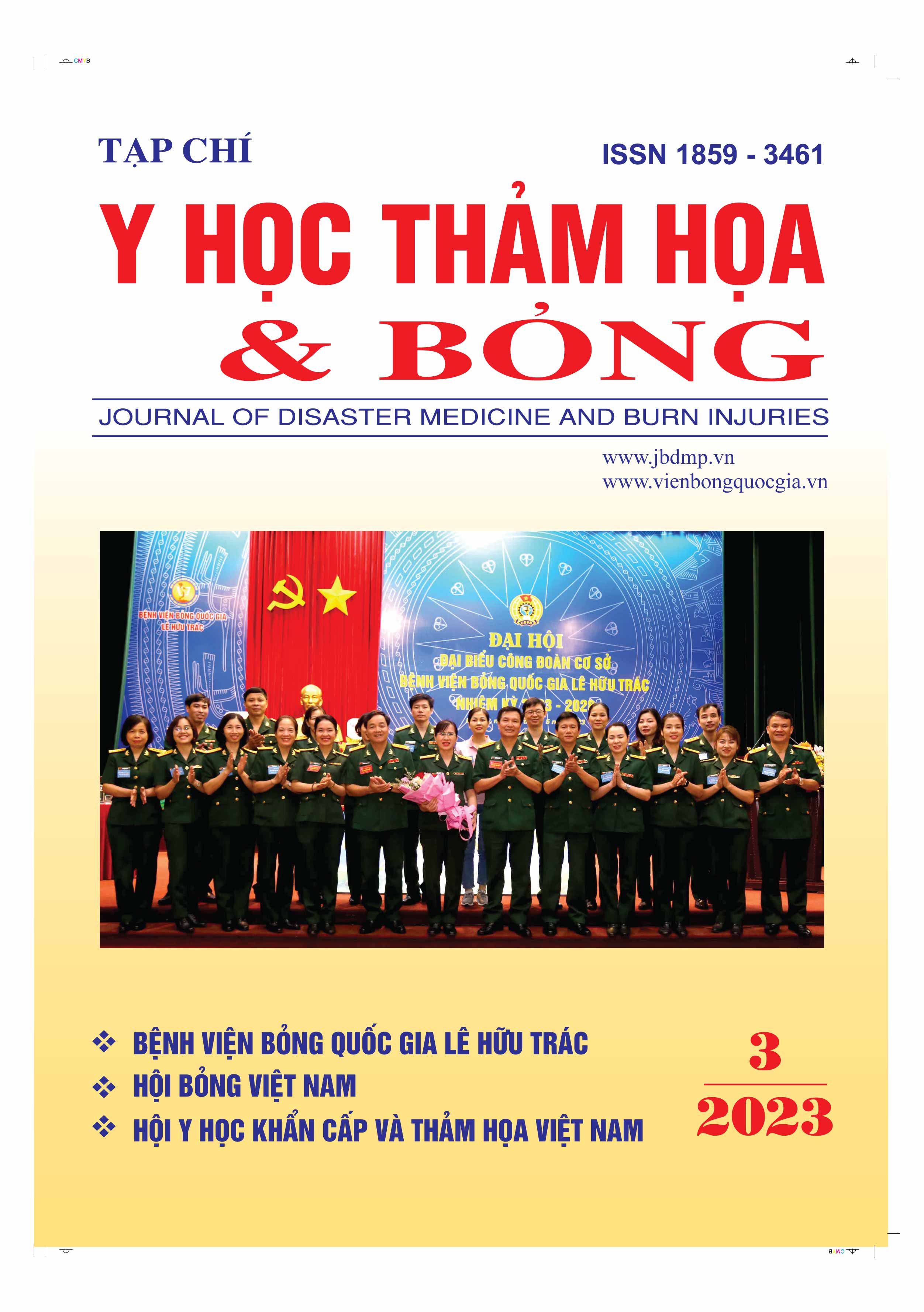Infected wound care
Main Article Content
Abstract
Infected wounds are common in healthcare facilities worldwide. Wound infection causes prolonged hospital stay, increased treatment costs and medical burden as well as hospital-acquired infections and drug resistance, affecting the quality of treatment and increasing the risk of complications. Management of infected wounds is quite important and requires multidisciplinary involvement.
Comprehensive assessment of the patient one admission to the hospital throughout the care process, coordinated control of the risk of wound infection and impact on healing, assessment and monitoring of wound progression, thereby providing appropriate care.
Additionally to direct local interventions such as wound debridements, dressing with specific wound care products, application of aggressive measures such as Vacuum Assisted Closure (VAC), the TIME procedure provides professional efficiency as well as cost decrease.
Article Details
Keywords
Wound, wound care, infectious wounds, TIME procedure
References
2. Nguyễn Đức Chính, Trần Tuấn Anh, Phạm Vũ Hùng, Nguyễn Minh Ky và cộng sự. Chuẩn bị nền vết thương - Vai trò quan trọng trong chăm sóc vết thương nhiễm khuẩn. Đề tài nghiên cứu cấp cơ sở, 2021.
3. Björnsdóttir S, Gottfredsson M, Thórisdóttir AS, et al. Risk factors for acute cellulitis of the lower limb: A prospective case-control study. Clin Infect Dis. 2005;41:1416-22.
4. Eron LJ, Lipsky BA, Low DE, Nathwani D, Tice AD, Volturo GA. Expert panel on managing skin and soft tissue infections. Managing skin and soft tissue infections: Expert panel recommendations on key decision points. J Antimicrob Chemother. 2003;52:i3-17.
5. Stevens DL, Bisno AL, Chambers HF, et al. Infectious Diseases Society of America. Practice guidelines for the diagnosis and management of skin and soft-tissue infections. Clin Infect Dis. 2005;41:1373-406. (Errata in 2005;41:1830, 2006;42:1219).
6. Elston DM. Optimal antibacterial treatment of uncomplicated skin and skin structure infections: Applying a novel treatment algorithm. J Drugs Dermatol. 2005;4(6 Suppl):s15-9.
7. Björnsdóttir S, Gottfredsson M, Thórisdóttir AS, et al. Risk factors for acute cellulitis of the lower limb: A prospective case-control study. Clin Infect Dis. 2005;41:1416-22.
8. Frazee BW, Lynn J, Charlebois ED, Lambert L, Lowery D, Perdreau-Remington F. High prevalence of methicillin-resistant Staphylococcus aureus in emergency department skin and soft tissue infections. Ann Emerg Med. 2005;45:311-320.
9. Eady EA, Cove JH. Staphylococcal resistance revisited: Community-acquired methicillin-resistant Staphylococcus aureus - an emerging problem for the management of skin and soft tissue infections. Curr Opin Infect Dis. 2003; 16:103-24.
10. Fung HB, Chang JY, Kuczynski S. A practical guide to the treatment of complicated skin and soft tissue infections. Drugs. 2003;63:1459-80.
11. Falagas ME, Matthaiou DK, Vardakas KZ. Fluoroquinolones vs beta-lactams for empirical treatment of immunocompetent patients with skin and soft tissue infections: A meta-analysis of randomized controlled trials. Mayo Clin Proc. 2006; 81:1553-66.


